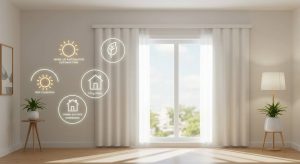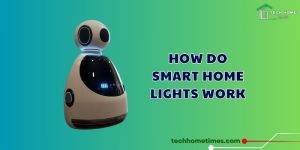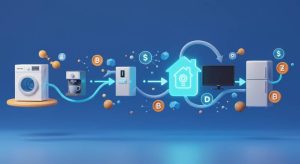How Much Are Smart Homes Actually Costing Homeowners
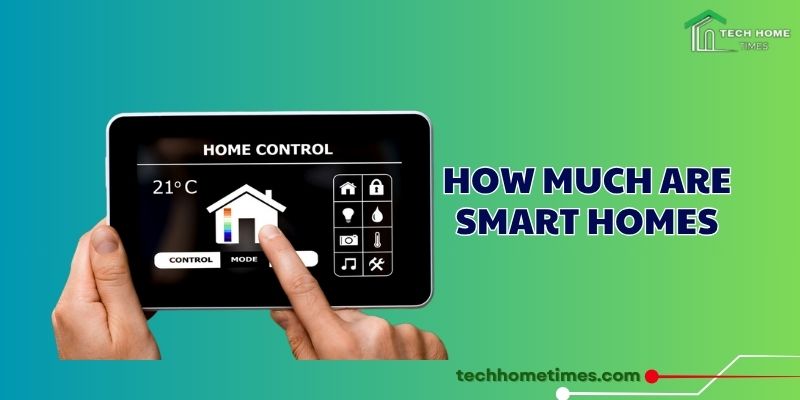
Curious about how much are smart homes actually costing homeowners in 2025? As smart home technology becomes a staple, costs extend beyond initial purchases, impacting budgets in nuanced ways.
Contents
How Much Are Smart Homes Actually Costing Homeowners?
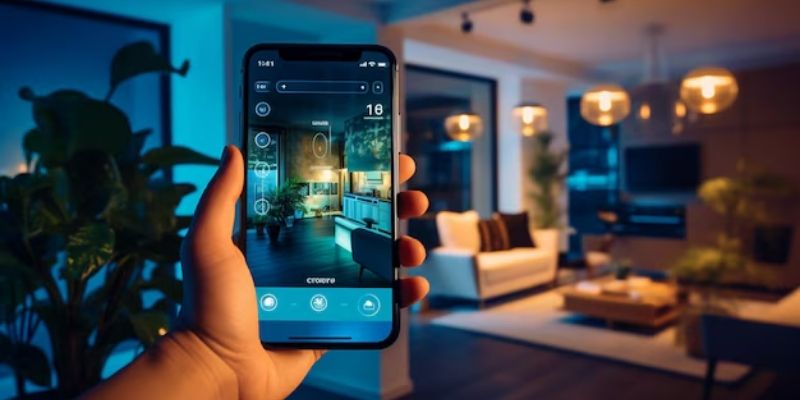
Determining how much are smart homes costing homeowners in 2025 involves tallying both initial investments and ongoing expenses. Basic setups—smart bulbs, plugs, or a hub—start at $150–$500, while mid-tier systems with security cameras and thermostats range from $1,000–$3,000.
Premium whole-home installations, including smart appliances and multi-zone automation, can hit $8,000–$15,000, per industry data. In Vietnam, retrofitting a Ho Chi Minh City apartment averages $250–$1,500, reflecting smaller spaces and local pricing.
Key cost drivers for how much are smart homes include:
- Device Selection: Budget devices like Yeelight bulbs ($15) contrast with high-end Nanoleaf panels ($200).
- Installation: DIY setups save money, but professional services for complex systems add $200–$1,500.
- Scale: Single-room setups are cheaper than multi-room systems requiring extensive wiring or hubs.
- Subscriptions: Cloud storage for cameras or premium features (e.g., Arlo, $7–$25/month) inflate costs.
For new smart homes, developers in markets like Singapore integrate AI-driven systems, adding $3,000–$12,000 to construction costs. Homeowners must weigh these factors to understand how much are smart homes truly costing, balancing upfront spending with long-term implications.
Long-Term Costs and Considerations for Homeowners
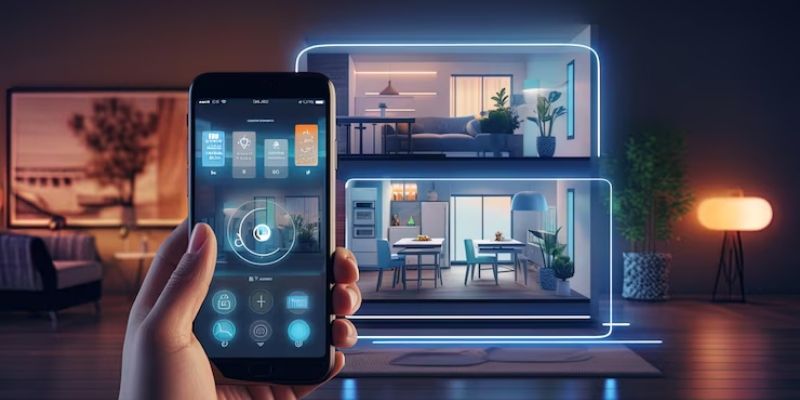
Beyond initial purchases, how much are smart homes costing homeowners over time involves recurring expenses and strategic planning. These long-term considerations shape the true financial impact in 2025:
- Filters for air purifiers ($20–$50/year) or batteries for sensors ($5–$15/year) add $50–$150 annually. Bulbs last 20,000–50,000 hours, but replacing a 20-bulb system costs $200–$1,000 every 5–10 years, depending on brand.
- Security systems often require cloud storage (Ring, $10/month) or AI analytics (Wyze, $5/month). A typical household with cameras and a smart lock might pay $100–$300/year, a hidden factor in how much are smart homes costing.
- While smart devices save energy (10–20% on bills, or $50–$100/year in Vietnam), hubs and always-on sensors consume 10–50 watts, adding $10–$30/year to electricity costs, per Energy Star estimates.
- Free firmware updates maintain functionality, but devices may become obsolete in 3–7 years as standards evolve (e.g., Matter 2.0). Upgrading a mid-tier system could cost $500–$2,000 every 5 years.
- Protecting against hacks requires strong Wi-Fi security or optional apps ($30/year). Time spent updating passwords or monitoring breaches adds intangible costs, critical for how much are smart homes in 2025.
For a medium-budget smart home ($1,500 initial), annual costs might total $200–$500, including subscriptions, maintenance, and energy. Homeowners in Vietnam, facing urban pollution, often prioritize air purifiers, adding $50/year for filters. Planning for these expenses ensures how much are smart homes remains manageable, avoiding financial surprises over time.
Value Added by Smart Homes to Property Prices
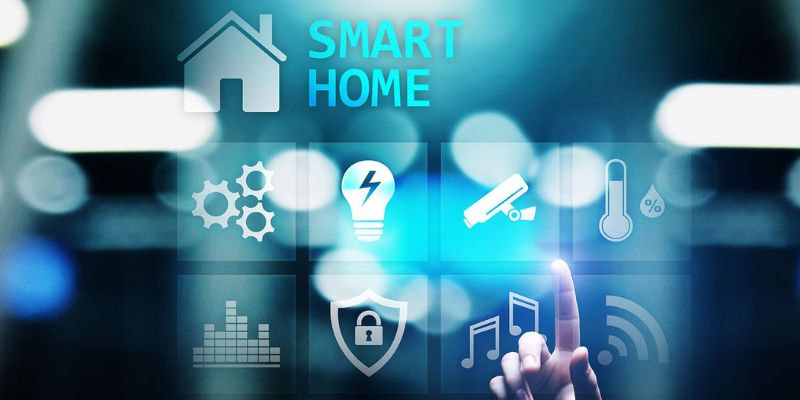
A key aspect of how much are smart homes costing is offset by the value they add to property prices, making them an investment in 2025. Smart homes enhance resale potential, driven by buyer demand for tech-equipped properties:
Price Premium
In the U.S., smart homes sell for 5–8% more than non-smart homes, adding $25,000–$80,000 to a $500,000 property, per 2025 Zillow data.
In Vietnam, smart-equipped condos in Ho Chi Minh City command 3–6% premiums ($5,000–$15,000 for a $250,000 unit).
Buyer Appeal
70% of buyers prefer homes with smart features like security systems or thermostats, per Realtor.com, reducing sale times by 10–20%.
Features like smart locks or air purifiers resonate in Vietnam’s urban markets, boosting appeal.
Energy Savings as a Selling Point
Documented savings (e.g., 12% on utilities with smart thermostats) attract eco-conscious buyers, increasing perceived value, a factor in how much are smart homes costing versus benefiting.
Rental Market Advantage
Smart rentals yield 7–10% higher rents, adding $50–$200/month in markets like Hanoi, where tech-savvy tenants seek convenience, per local real estate insights on X.
Depreciation Considerations
Basic devices like bulbs depreciate quickly, but integrated systems (e.g., built-in lighting) retain value better, recovering 60–80% of costs upon sale.
For a $2,000 smart home investment, homeowners might recoup $1,200–$1,600 in added property value, plus $100–$300/year in energy savings, mitigating how much are smart homes costing over time. Strategic feature selection maximizes ROI, making smart homes a financial asset.
Market Trends and Growth in Smart Home Adoption

Market dynamics in 2025 influence how much are smart homes costing, driven by rapid adoption and technological advancements. The global smart home market, valued at $160 billion, is projected to reach $700 billion by 2032, with a 24% CAGR, per industry reports. Key trends shaping how much are smart homes include:
- Entry-level devices drop to $10–$20, with brands like Yeelight and Meross competing in Asia-Pacific, where Vietnam’s 10% adoption rate grows fastest, per Statista.
- AI hubs like Amazon’s Echo Show 15 ($250) or speculative Apple Intelligence hubs add value but raise costs, pushing premium setups to $5,000+. AI features like generative routines increase how much are smart homes for high-end users.
- Adopted by 90% of new devices, Matter reduces compatibility issues, lowering long-term upgrade costs and simplifying how much are smart homes for consumers.
- Security (30% market share) and air quality devices (15% growth) drive spending, with Vietnam’s urban pollution fueling purifier demand ($100–$500).
- New constructions in Thailand and Malaysia include smart systems, adding $2,000–$10,000 to home prices, a trend emerging in Vietnam’s luxury condos, impacting how much are smart homes in new builds.
These trends indicate that while basic smart homes become cheaper, advanced features elevate costs, shaping how much are smart homes as adoption soars to 100 million new households by 2027.
Consumer Perspectives on Smart Home Costs
Consumer views on how much are smart homes costing reveal a mix of optimism and caution in 2025, influencing purchasing decisions:
- 65% of homeowners value convenience and security, justifying $500–$2,000 investments, per a 2025 YouGov survey. Energy savings (10–15% on bills) are a top motivator in Vietnam’s cost-conscious market.
- 40% hesitate due to upfront costs, with low-income households favoring $100–$300 setups, per X discussions. Subscriptions deter 25% of buyers, who prefer one-time purchases.
- 55% express data security concerns, increasing reluctance to invest in cloud-dependent devices, though local processing (e.g., HomeKit) boosts confidence, affecting how much are smart homes willingness-to-spend.
- In Vietnam, young urbanites prioritize air purifiers and cameras, viewing $200–$1,000 as reasonable, while rural consumers stick to $50–$200 for basic automation.
- 50% see smart homes as future-proof investments, expecting 5–10% resale boosts, aligning costs with long-term gains, a key factor in how much are smart homes costing.
To Tech Home Times, in 2025, how much are smart homes actually costing homeowners spans $150–$15,000, shaped by initial investments, long-term expenses, and market trends. By understanding cost breakdowns, property value boosts, and consumer sentiments, homeowners can navigate how much are smart homes to create cost-effective, valuable systems.

